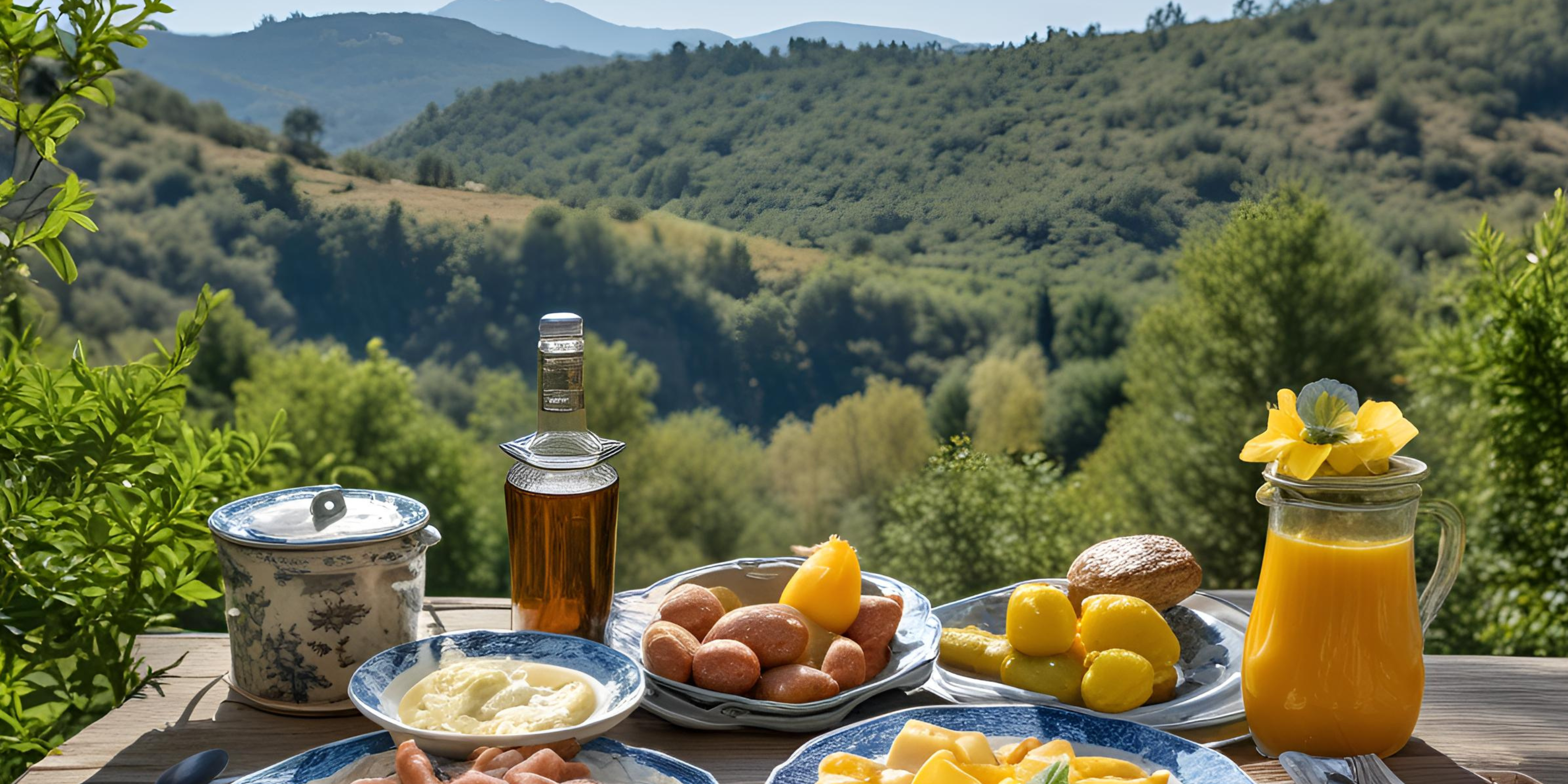The Cévennes mountains have never needed catwalks to impose their style. Here, clothing is a heritage, a tool, sometimes a suit of armor. For centuries, traditional Cévennes attire has recounted the harsh but dignified daily life of its inhabitants, between transhumance trails, silk mills, and evenings spent by the fire.
The costume of the people of the heights
Designed to last and withstand the vagaries of the climate, the Cévennes clothing was above all functional :
- A linen or hemp shirt , breathable and strong
- A vest or short jacket , cut for freedom of movement
- Loose-fitting breeches , ideal for walking the trails
- And on the feet, the famous wooden clogs , sometimes lined with felt or wool
For women, there was the work apron , sometimes delicately embroidered, and the knotted headdress , which protected from the sun and from the gaze of curious onlookers.
A symbol of resistance woven into everyday life
Wearing these clothes was a way of showing pride in being from the Cévennes . Each seam seemed to say: “I am from here, free and standing.” This identity was forged over the centuries, in struggles, traditions, and the crafts of the land. Some vests were passed from mother to daughter, from father to son, with as much care as the stories told at the wake.
Hand-stitched legends
In some valleys, it was rumored that an apron sewn during the full moon brought good luck to the harvest. And that clogs left under the bed protected against bad dreams. Clothing, in the Cévennes, has always been more than just fabric: it carried the soul of the stones and the memory of men .
In summary:
In the Cévennes, true elegance is measured by the solidity of a hem and the dust of a path.



